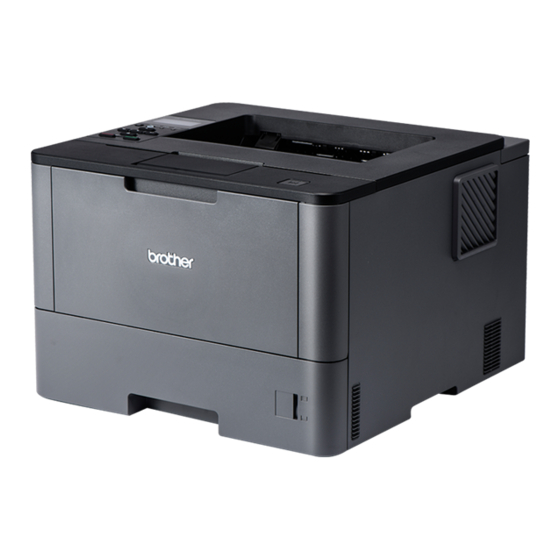
Brother HL-5580D User Manual
Hide thumbs
Also See for HL-5580D:
- Technical reference manual (517 pages) ,
- Service manual (433 pages) ,
- Manual (23 pages)
Table of Contents
Advertisement
Quick Links
Download this manual
See also:
Service Manual
Advertisement
Table of Contents

















Need help?
Do you have a question about the HL-5580D and is the answer not in the manual?
Questions and answers